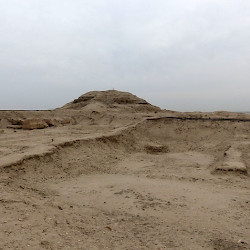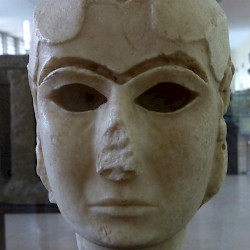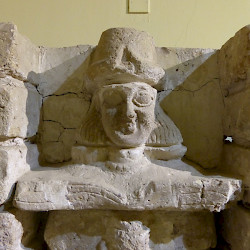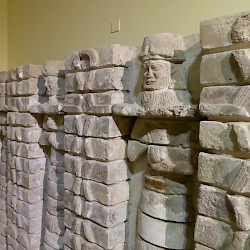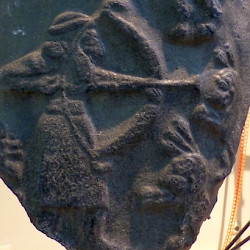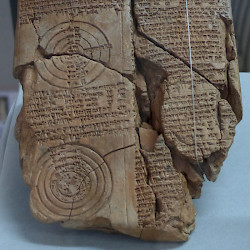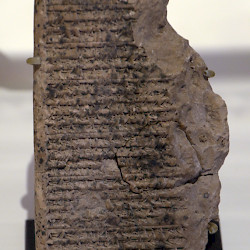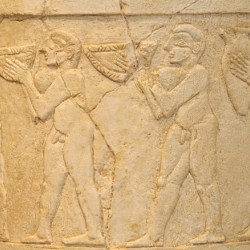This page is a stub. It will be expanded to a full-fledged article.
Uruk
Q168518Uruk: ancient Sumerian city, modern Warka.
Uruk
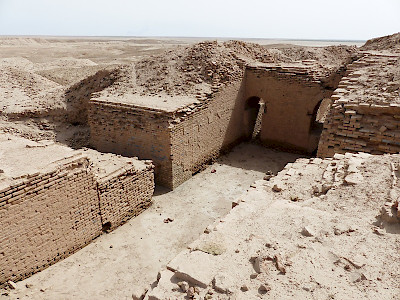
- Already an important town in the fourth millennium; in c.3200 BCE it measured some 250 hectares. Continued prosperity in the Jamdat Nasr Period.
- Early Dynastic Period: Sumerian city with two main cultic centers: the Eanna (sanctuary of the goddess Inanna) and the ziggurat of Anu ("the white temple")
- Residence of king Gilgameš; essentially the most important city of Sumer in the Early Dynastic Age
- Part of the Akkadian Empire; part of the empire of Ur III; part of the Old Babylonian Empire
- Demise in the course of the second millennium; probably because the river Euphrates changed its course
- Recovery in the Neo-Babylonian age
- In 484 BCE, Uruk, Ur, and Cutha supported the Persian king Xerxes against Bêl-šimânni and Šamaš-eriba, but the city was abandoned in the fifth century BCE; its sanctuary remained in use. The ziggurat was rebuilt in the Hellenistic age.
- Still important in the Hellenistic age, when the Seleucid kings built a temple. The oldest text with a zero was found in Uruk.
- 141 BCE: conquered by the Parthian king Mithradates I the Great
- Final demise in the Sasanian period. Abandoned in the mid-fifth century CE.
